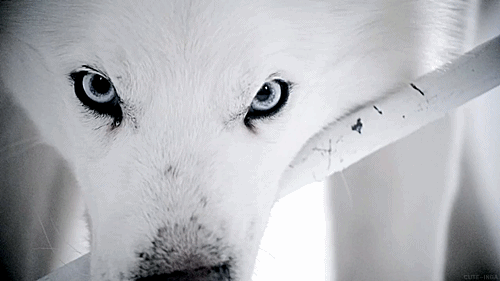

White wolves will travel many miles searching for food supply. They’ll also eat larger prey like caribou, seals, and musk oxen. They will eat smaller animals like arctic hares. What Arctic Wolves EatĪrctic wolves eat a range of different foods. This behavior can also be seen in pet dogs. A wolf pup shows they are playing by having its mouth slightly open.


Arctic wolf habitat how to#
Young arctic wolves often play with each other and use this playtime to learn skills like pouncing, hunting, and how to act like adult wolves. The female wolves all help each other take care of the wolf pups. Most wolves give birth between late March and early June. Gestational period is how long the mom carries them before they are born. The wolf pups have a gestational period of 63 days. A litter of wolf pups is normally around 4 to 6 babies. When arctic wolves are young, they are known as wolf pups. The wolf’s senses help them identify or find their prey easily! Arctic wolves have a very good sense of smell, hearing, and eyesight. They have sharp teeth and strong jaws to help them tear apart their food. Arctic wolves also have small ears which helps stop heat loss. They have shorter muzzles and shorter legs. One of the biggest differences is that white wolves are shorter than other species of wolves. There are many differences between an arctic wolf and other species of wolves like the grey wolves. They have white coats or white fur which allows them to blend in with the snow and their surroundings. Their white fur makes it easier for them to hunt! Isn’t it cool how they can hide so easily? Characteristics of an Arctic Wolf The white wolf is also known as the polar wolf or the arctic wolf. A subspecies is a species right under another species. They are actually a subspecies of the gray wolf. The white wolf is also known as the arctic wolf and is a unique animal. The scientific name for the white wolf is Canis lupus arctos.


 0 kommentar(er)
0 kommentar(er)
